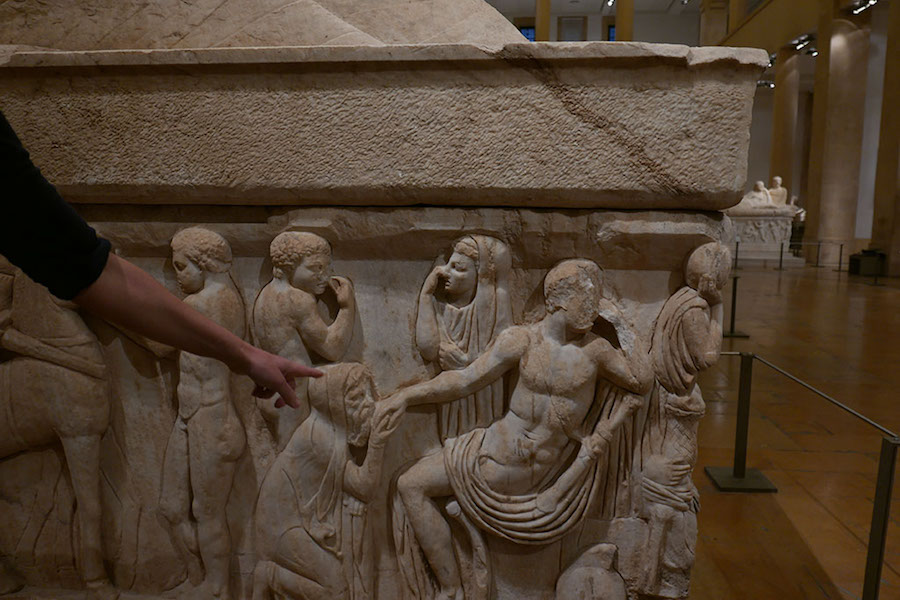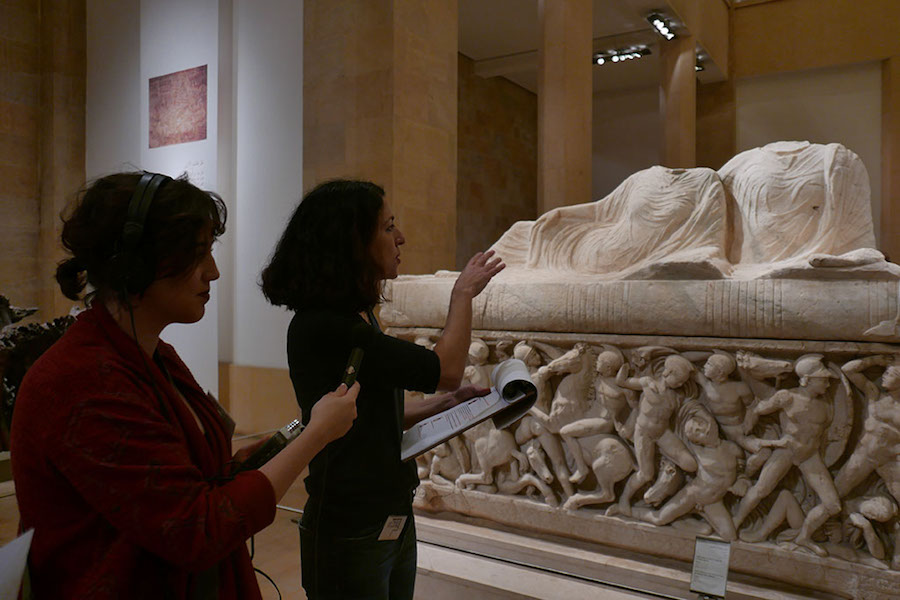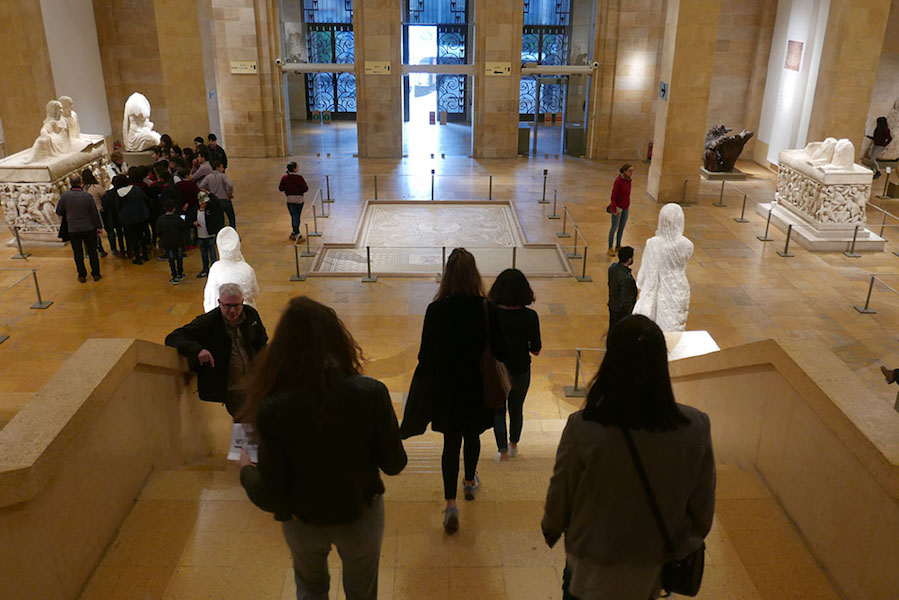MATHAF MATHAF 2018
MATHAF MATHAF
Mathaf Mathaf plays on BeMA’s geographical location opposite the National Museum in the Mathaf area of Beirut (mathaf meaning museum in Arabic), as well as the close exchange between the national archeological museum and the museum of modern and contemporary art to come.
In the framework of Mathaf Mathaf, contemporary artists were commissioned to produce artworks that reflected on museum culture, the relation to the ‘mathaf’ area, and the discourse between an existing archeological collection and one of modern and contemporary art. The resulting artworks will become part of BeMA’s permanent contemporary art collection.
Mathaf Mathaf / Chou Hayda? is Mathaf Mathaf's first commissioned work. It launched on May 18, 2018 and showed until December 31, 2018 at the National Museum.
CHOU HAYDA
OVERVIEW
In November 2017, people from across Beirut came to the National Museum and gave their voices to a number of objects in the collection. The people spoke to, for and about these objects from the past, and, in doing so, revealed fragments of the present. They did not attempt to disclose a particular historical narrative. Nor did they attempt to create fiction. They did not lie and they did not try to tell the truth.
Grounded in the participatory approach to art-making, Mathaf Mathaf explored the ways in which the art object or artifact is imbued with social, political, moral, and personal meaning as it is received across time and within shifting cultural contexts. This audio guide is a culled experience of the present moment at the museum, facing these archeological objects with a contemporary view, bringing them into our lives now, and leaving a piece of our lives within their story.
To make the audio-guide, artist Annabel Daou invited several groups of people to take part in accompanied visits to the National Museum of Beirut during which they were asked a series of questions, prompting them to reimagine the histories and purposes of objects in the collection. This collaboration captured language from the various participants’ responses and reworked them into a script that was partly recorded by professional Lebanese actors Julia Kassar and Georges Khabbaz. Their voices thus rendered an institutional authority in the audio guide, which is subverted by the smart, funny, and historically inaccurate responses of the participants.
The guide also playfully challenges the authority of official history; inviting imagination, speculation, and misunderstanding.
This commission positions the museum as a space that includes not only the voices of the artists, artisans, curators and historians but also of the visitors who view and experience the collection in the present.
MAY 24 | PANEL DISCUSSION
Museum Objects as Subjects: Interpretative Methods and Art Practice
Speakers
Annabel Daou | Visual Artist
Ali Cherri | Visual Artist
Avani Tanya | Visual Artist
Eric de Visscher | Researcher and Museum Consultant
Discussant
David Markus | Art Critic and Educator
The panel explored ways in which museum collections can be used to activate alternative narratives commenting on our present by means of interpretative methods, participatory commissions, or artistic inquiries. How can we look at archeological/ethnographic artifacts outside the realm of the institutional and curatorial narratives they are framed within? How can these objects instigate other ways of seeing and listening inside and outside the museum?
The panel was followed by a conversation moderated by art critic David Markus.
Gallery





